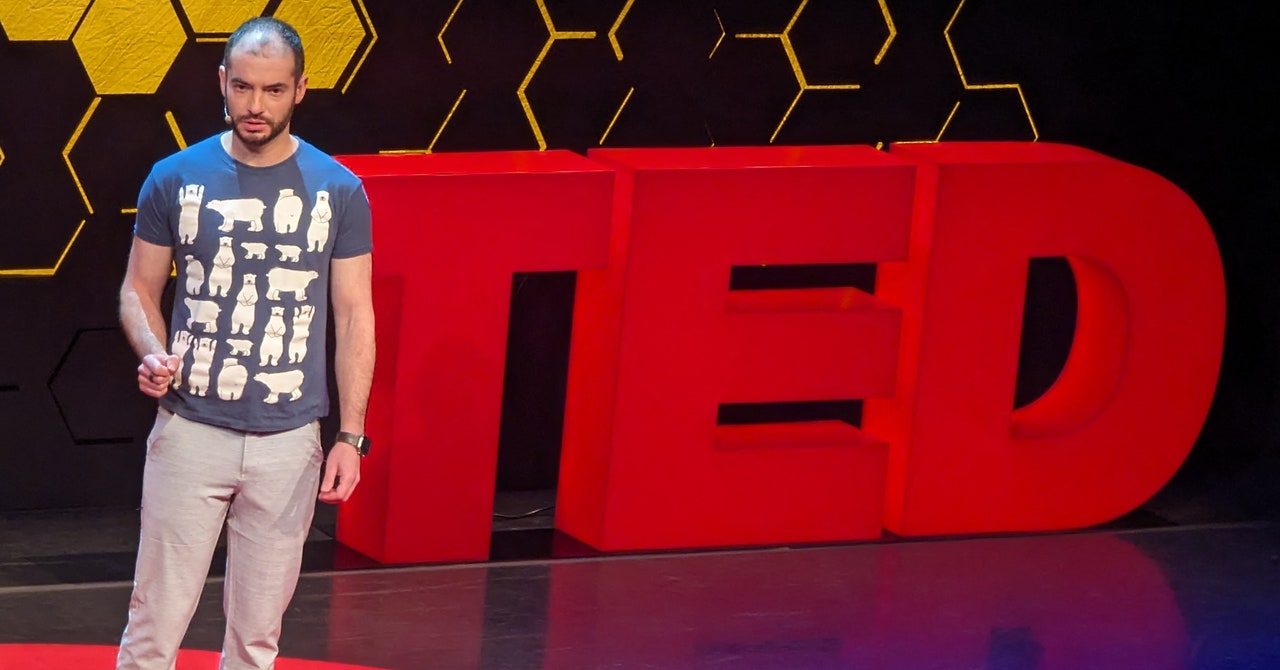When investors poured $6.6 billion into OpenAI last week, they seemed largely unbothered by the latest drama, which recently saw the company’s chief technology officer, Mira Murati, along with chief research officer Bob McCrew and Barret Zoph, a vice president of research, abruptly quit.
And yet those three departures were just the latest in an ongoing exodus of key technical talent. Over the past few years, OpenAI has lost several researchers who played crucial roles in developing the algorithms, techniques, and infrastructure that helped make it the world leader in AI as well as a household name. Several other ex-OpenAI employees who spoke to WIRED said that an ongoing shift to a more commercial focus continues to be a source of friction.
“People who like to do research are being forced to do product,” says one former employee who works at a rival AI company but has friends at OpenAI. This person says some of their contacts at the firm have reached out in recent weeks to inquire about jobs. OpenAI itself has also seemingly shifted in its hiring priorities, according to data compiled for WIRED by Lightcast, a company that tracks job postings to analyze labor trends. In 2021, 23 percent of its job postings were for general research roles. In 2024 general research accounted for just 4.4 percent of job postings.
The brain drain could have lasting implications for OpenAI’s direction and future success. Experts and former employees say the company still has a deep bench of talent, but competition is intensifying, making it more challenging to maintain an edge.
The latest big-name departure, revealed on Thursday, is that of Tim Brooks, head of OpenAI’s Sora AI video generation project. Brooks posted on X that he would join one of OpenAI’s main rivals, Google DeepMind.
“It could start to change things,” says a former OpenAI staff member, who now works in academia, of the losses. They asked to remain anonymous out of concern for harming collaborative relationships with the AI industry.
For now, this person says, many students still put OpenAI at the top of their list of potential employers. It is seen as several months ahead of the competition, and prospective employees are often willing to put up with the apparent drama and infighting to be part of that. But applicants are also often drawn to working with a particular researcher or team, and their calculations could change as more big-name researchers leave for rival AI companies or their own startups.
A look at some of OpenAI’s most important research shows how much talent has departed. Of 31 people listed as authors of an early version of OpenAI’s GPT large language model, fewer than half remain at OpenAI, according to employment details sourced from LinkedIn or other public social media profiles. Several members of the team responsible for developing GPT left OpenAI in 2021 to form Anthropic, now a major rival. Roughly a third of those listed in the acknowledgements for a technical blog post describing ChatGPT have since left.

